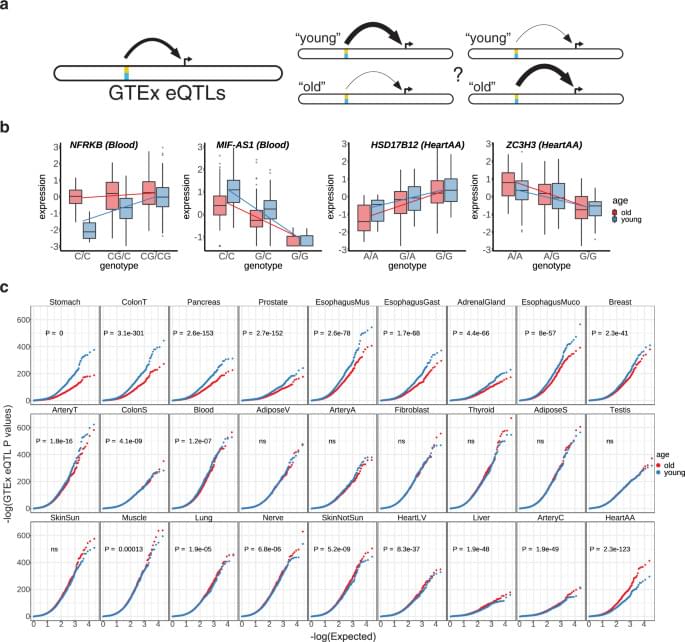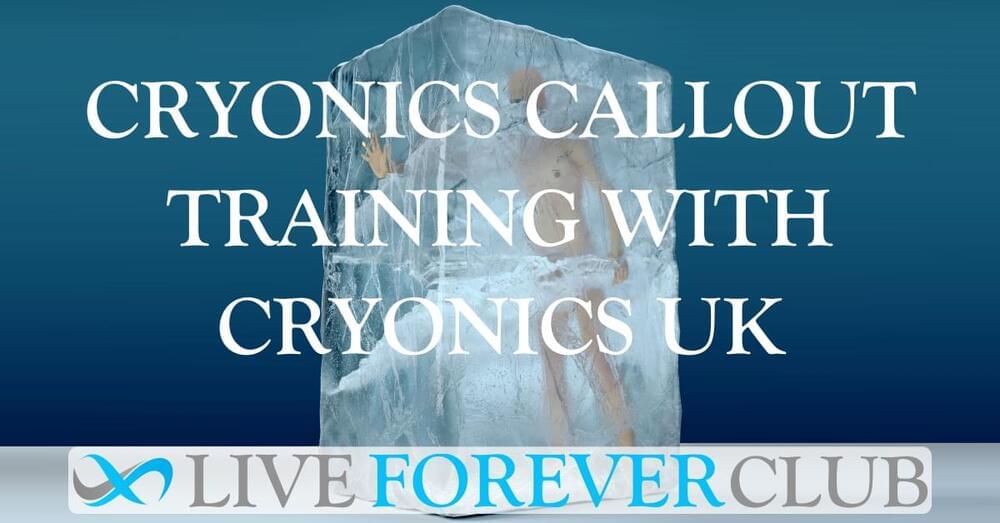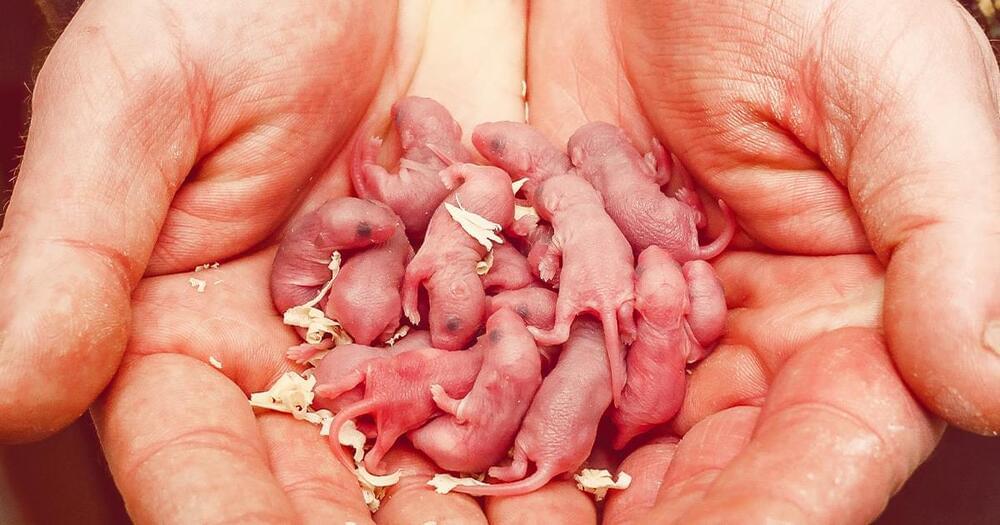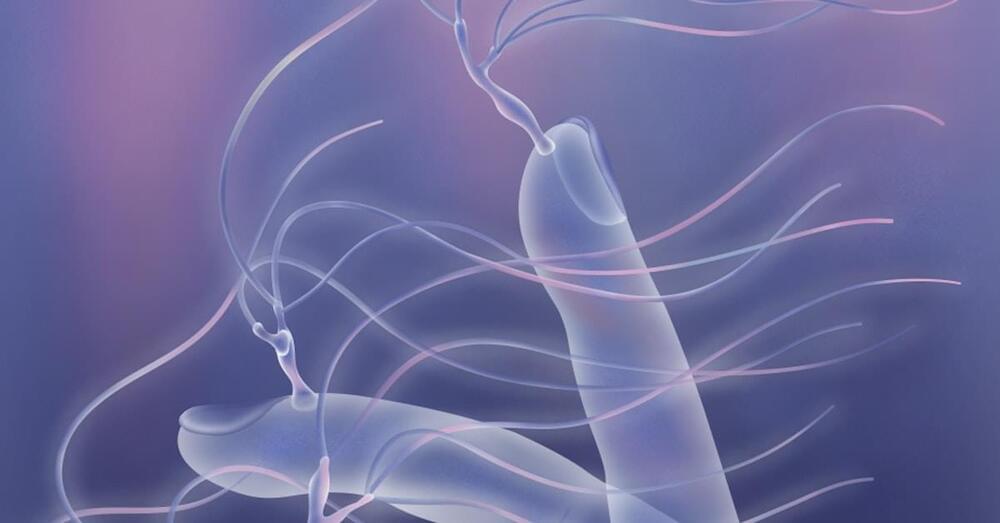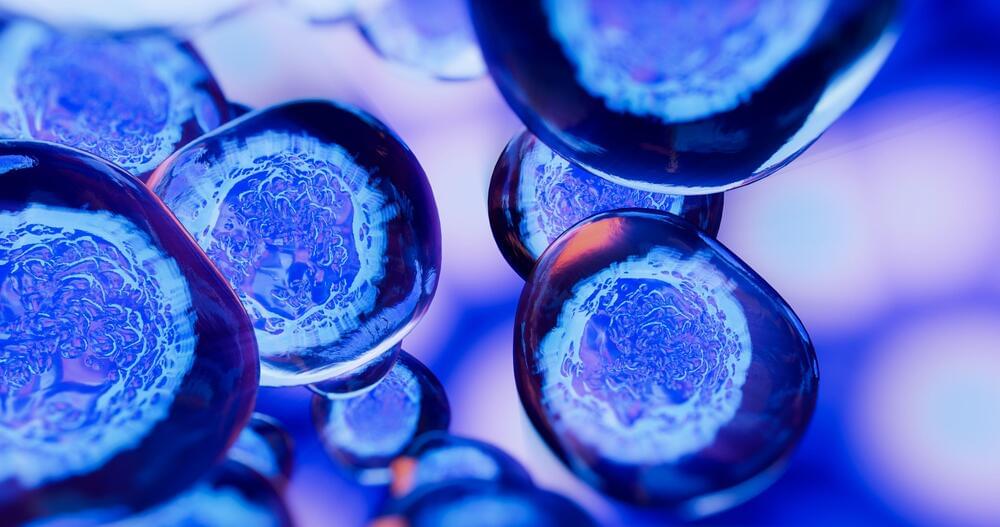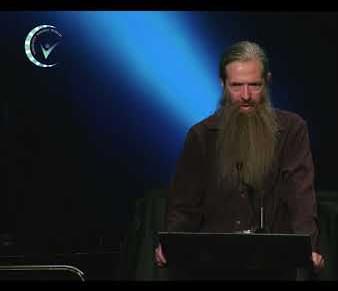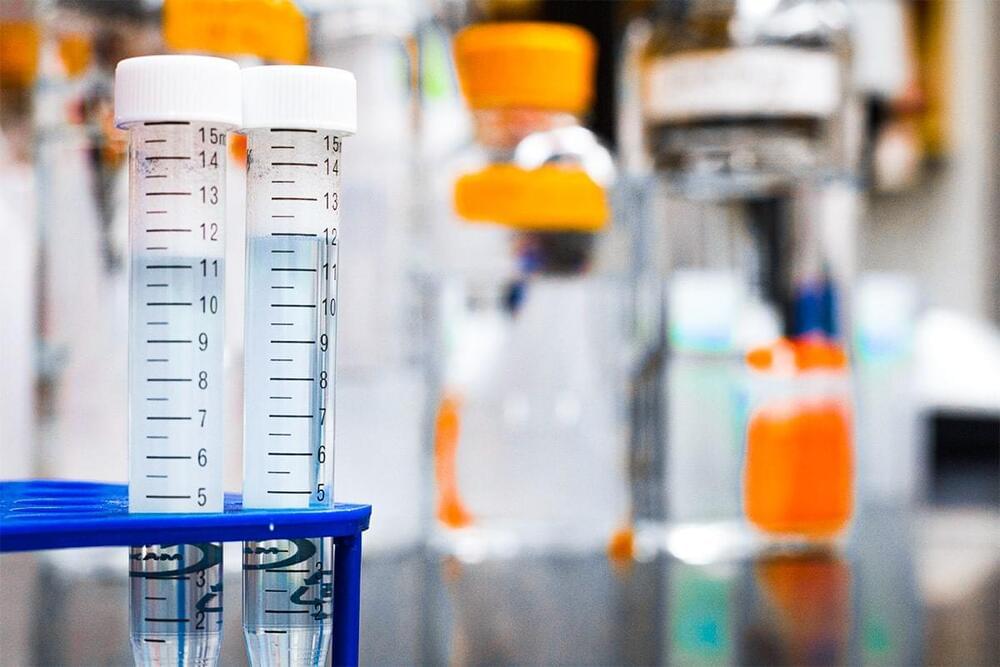Archive for the ‘life extension’ category: Page 171
Oct 18, 2022
Cryonics Callout Training with Cryonics UK
Posted by Paul Battista in categories: cryonics, life extension
Although my plan is to live forever (or at least, a very long time, societal and natural disasters willing) I know many people in the life-extension community are signed up with a cryonics provider, as a plan B, in case they don’t live long enough to welcome the rejuvenation revolution.
A lot has been written to explain how the people are stored, usually accompanied by a picture of the gleaming liquid nitrogen cooled Dewar flasks, along with the ethical questions of the procedure. However, the journey to the semi-final resting place is often overlooked.
To explore how someone who has signed up to a cryonics program makes that transition, I attended one of the regular cryonics demonstration and training sessions put on by Cryonics UK. It turns out there are 4 key stages in the process – standby, initial cool down, perfusion and transportation.
Oct 17, 2022
Giving Baby Mice This Drug Makes Them Live 10 Percent Longer
Posted by Quinn Sena in categories: biotech/medical, life extension
O.o!!!!
Per a new study, administering the drug rapamycin to mice everyday for the first 45 days of their lives % extends life expectancy by an average 10 percent.
Oct 17, 2022
Searching For The Secrets To Life Everlasting
Posted by Kelvin Dafiaghor in category: life extension
For millennia, scientists and technologists have been scouring the natural world for clues on how to live longer. But is anyone any closer to finally defeating aging?
Oct 17, 2022
The Switch to Regenerative Medicine
Posted by Kelvin Dafiaghor in categories: biotech/medical, genetics, life extension
As the 3rd presenter during the morning session of the American Society for Dermatologic Surgery Meeting, “Emerging Concepts,” Saranya Wyles, MD, PhD, assistant professor of dermatology, pharmacology, and regenerative medicine in the department of dermatology at the Mayo Clinic in Rochester, Minnesota, explored the hallmarks of skin aging, the root cause of aging and why it occurs, and regenerative medicine. Wyles first began with an explanation of how health care is evolving. In 21st-century health care, there has been a shift in how medical professionals think about medicine. Traditionally, the first approach was to fight diseases, such as cancer, inflammatory conditions, or autoimmune disorders. Now, the thought process is changing to a root cause approach with a curative option and how to rebuild health. Considering how to overcome the sequence of the different medications and treatments given to patients is rooted in regenerative medicine principles.
For skin aging, there is a molecular ‘clock’ that bodies follow. Within the clock are periods of genomic instability, telomere attrition, and epigenetic alterations, and Wyles’ lab focuses on cellular senescence.
“We’ve heard a lot at this conference about bio stimulators, aesthetics, and how we can stimulate our internal mechanisms of regeneration. Now, the opposite force of regeneration is the inhibitory aging hallmarks which include cellular senescence. So, what is cell senescence? This is a state that the cell goes into, similar to apoptosis or proliferation, where the cell goes into a cell cycle arrest so instead of dividing apoptosis, leading to cell death, the cell stays in this zombie state,” said Wyles.
Oct 16, 2022
Aubrey de Grey inspires at Longevity Summit Dublin 2022
Posted by Paul Battista in category: life extension
Oct 16, 2022
Cryonics with Dr Max More #10
Posted by Paul Battista in categories: climatology, cryonics, geopolitics, law, life extension, transhumanism
Do we need a new criteria for death, that covers the technicalities around neuro preservation, issues of legal identity upon reanimation and an approach to rehabilitation? What are the misunderstandings or misinformation that surround transhumanism and endeavour to make the distinction between transhumanism and technocracy? Should we be worried about the wrong headedness of The Population Bomb, climate catastrophism and the fashionability of long termism?
Today, I speak with Max More. As some of you may already know, Max is considered to be the founder of modern transhumanism, a philosopher and futurist who writes extensively on technology and humanity. He’s also currently ambassador and President Emeritus at Alcor Life Extension Foundation, having served almost 10 years as President and CEO there, and having been its 67th member. His 1995 University of Southern California doctoral dissertation, ‘The diachronic self identity continuity and transformation’, examined several issues that concern transhumanists, including the nature of death. He is the Co-editor of Rhe Transhumanist Reader, and he’s written many articles on transhumanism and extropianism, including the 1990 essay, ‘Transhumanism: toward a futurist philosophy’, in which he introduced the term transhumanism, in its modern sense.
This episode of The Future of You covers:
Oct 16, 2022
Scientists Uncover How to Reverse Aging
Posted by Shubham Ghosh Roy in categories: biotech/medical, chemistry, genetics, life extension
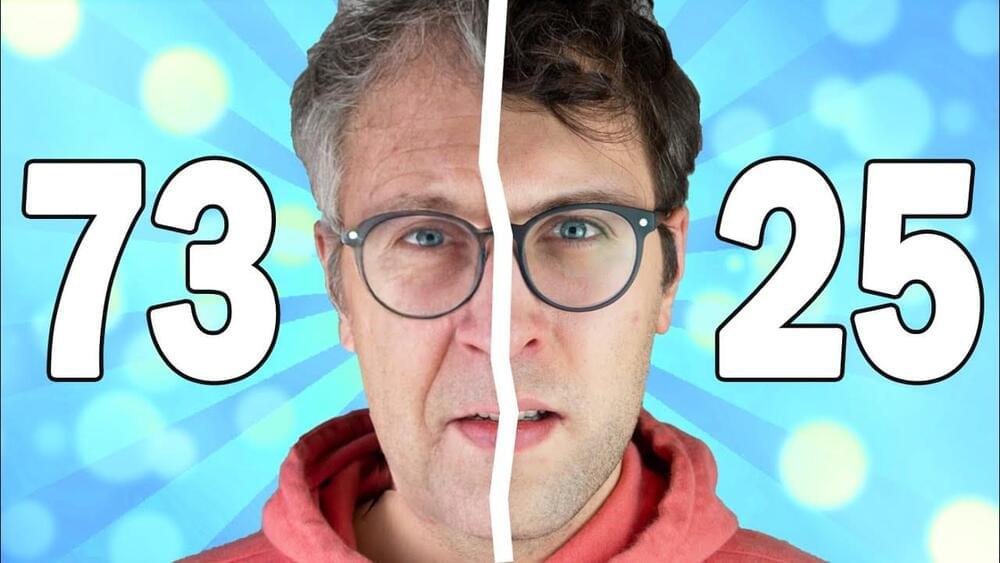
Scientists have successfully increased the lifespan of animals and there are first studies which describe how we might reverse aging. So how could we one day rever aging?
🔬 Subscribe for more awesome biomedical research: https://bit.ly/2SRMqhC
Continue reading “Scientists Uncover How to Reverse Aging” »
Oct 14, 2022
Alector initiates Phase 1 clinical trial for treatment of Alzheimer’s
Posted by Kelvin Dafiaghor in categories: biotech/medical, genetics, life extension, neuroscience
Alector, a clinical-stage biotechnology company pioneering immuno-neurology and innate immuno-oncology, has announced the initiation of the first-in-human Phase 1 trial of AL044. The study is investigating the safety profile, pharmacokinetics (PK), pharmacodynamics (PD) and target engagement of AL044 in healthy adults.
Longevity. Technology: Headquartered in South San Francisco, California, Alector is aiming to develop an unmatched pipeline of novel potential medicines based on insights into immunology, neurology and human genetics. The company’s therapeutic candidates are intended to harness the body’s innate power to heal itself, and Alector is pioneering immuno-neurology, a novel therapeutic approach for the treatment of neurodegenerative diseases, and innate immuno-oncology.
Immuno-neurology targets immune dysfunction as a root cause of multiple pathologies that are drivers of degenerative brain disorders. Alector has discovered, and is developing, a broad portfolio of innate immune system programs, designed to functionally repair genetic mutations that cause dysfunction of the brain’s immune system and enable rejuvenated immune cells to counteract emerging brain pathologies. Alector’s immuno-neurology product candidates are supported by biomarkers and target genetically defined patient populations in frontotemporal dementia and Alzheimer’s disease.
Oct 13, 2022
Regeneration, Intelligence in Life & Memory — Dr Michael Levin
Posted by Dan Breeden in categories: biotech/medical, education, ethics, evolution, life extension, wearables
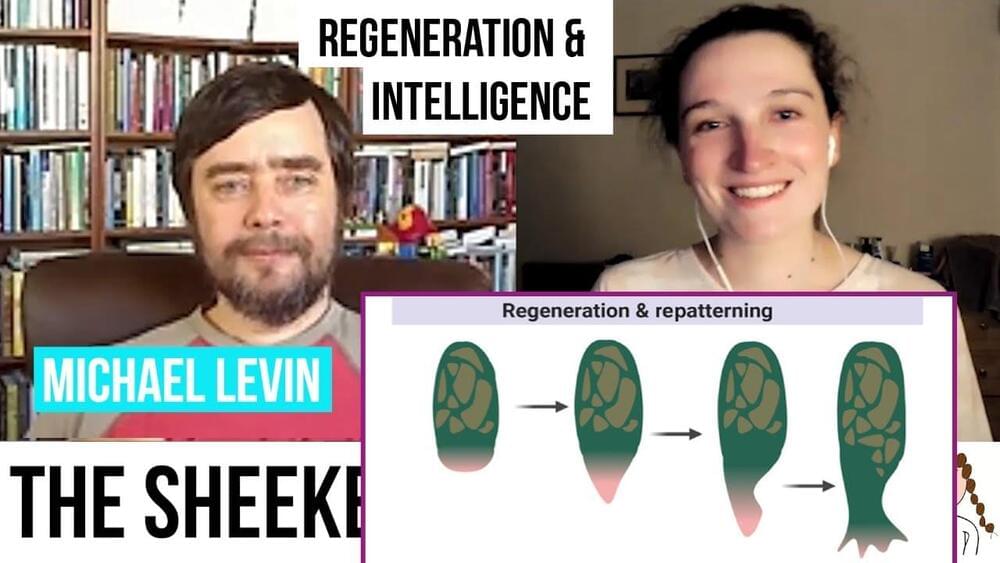
What is limb regeneration and what species possess it? How is it achieved? What does this tell us about intelligence in biological systems and how could this information be exploited to develop human therapeutics? Well, in this video, we discuss many of these topics with Dr Michael Levin, Principal Investigator at Tufts University, whose lab studies anatomical and behavioural decision-making at multiple scales of biological, artificial, and hybrid systems.
Find Michael on Twitter — https://twitter.com/drmichaellevin.
Continue reading “Regeneration, Intelligence in Life & Memory — Dr Michael Levin” »
